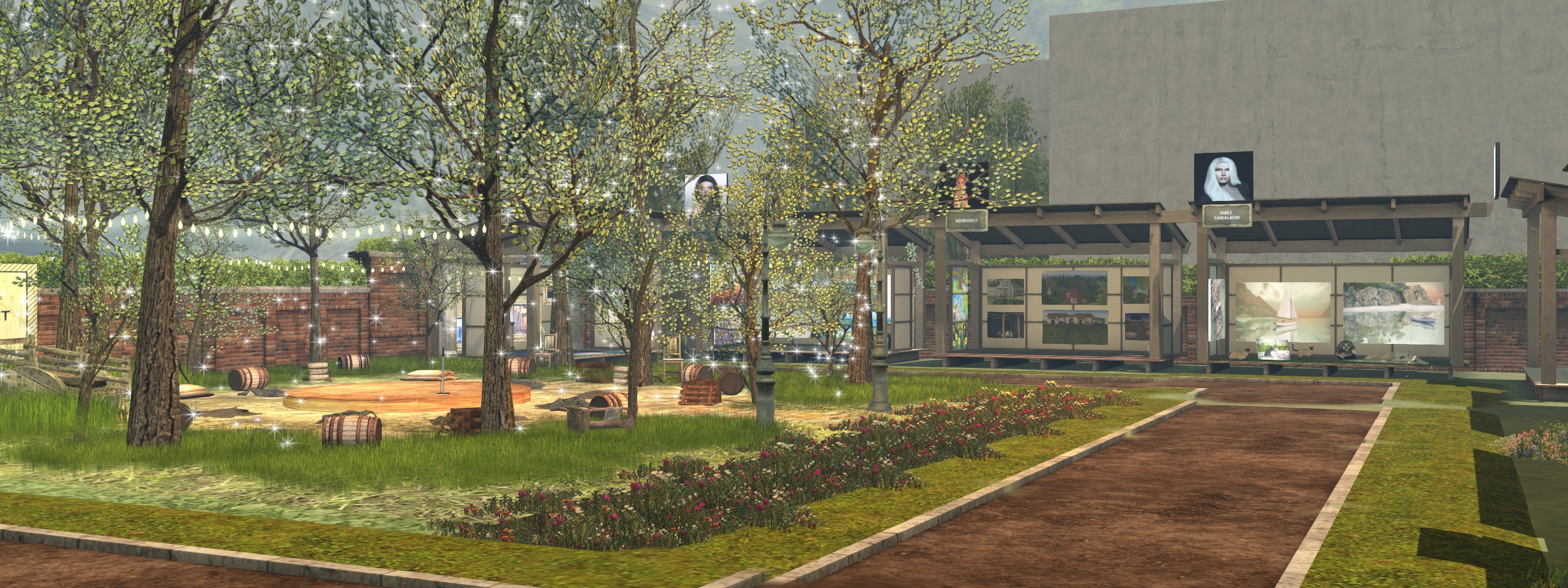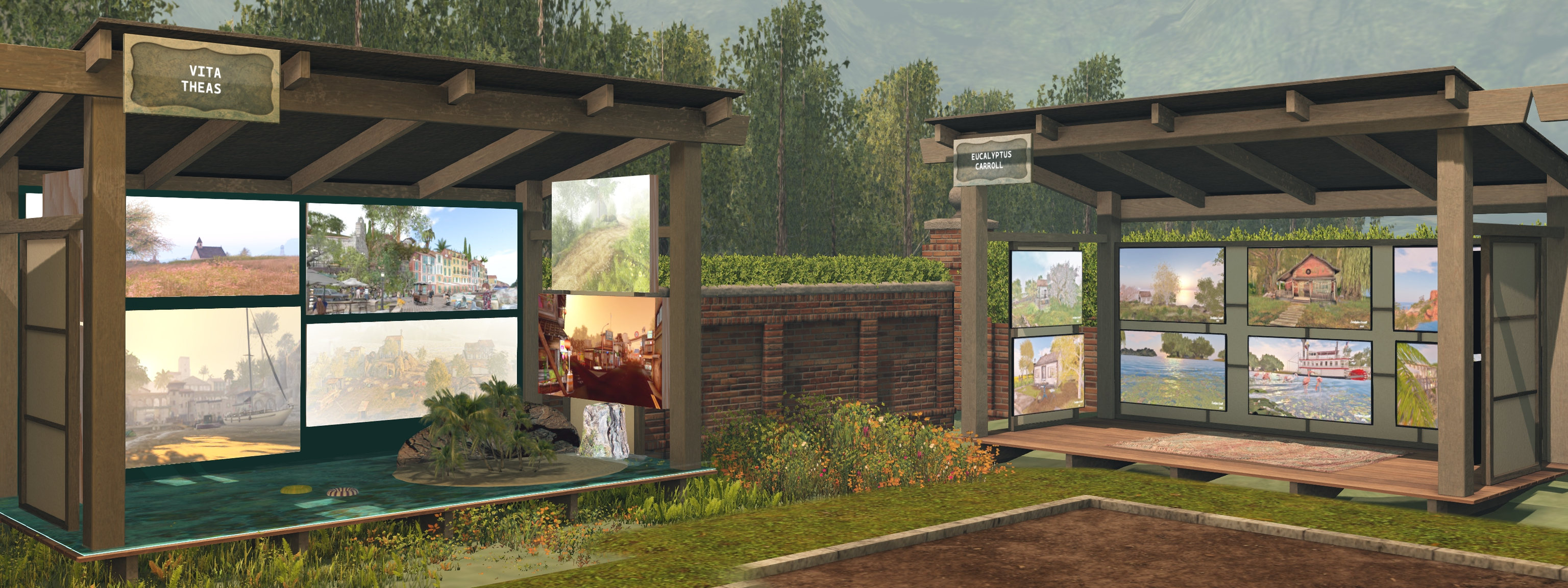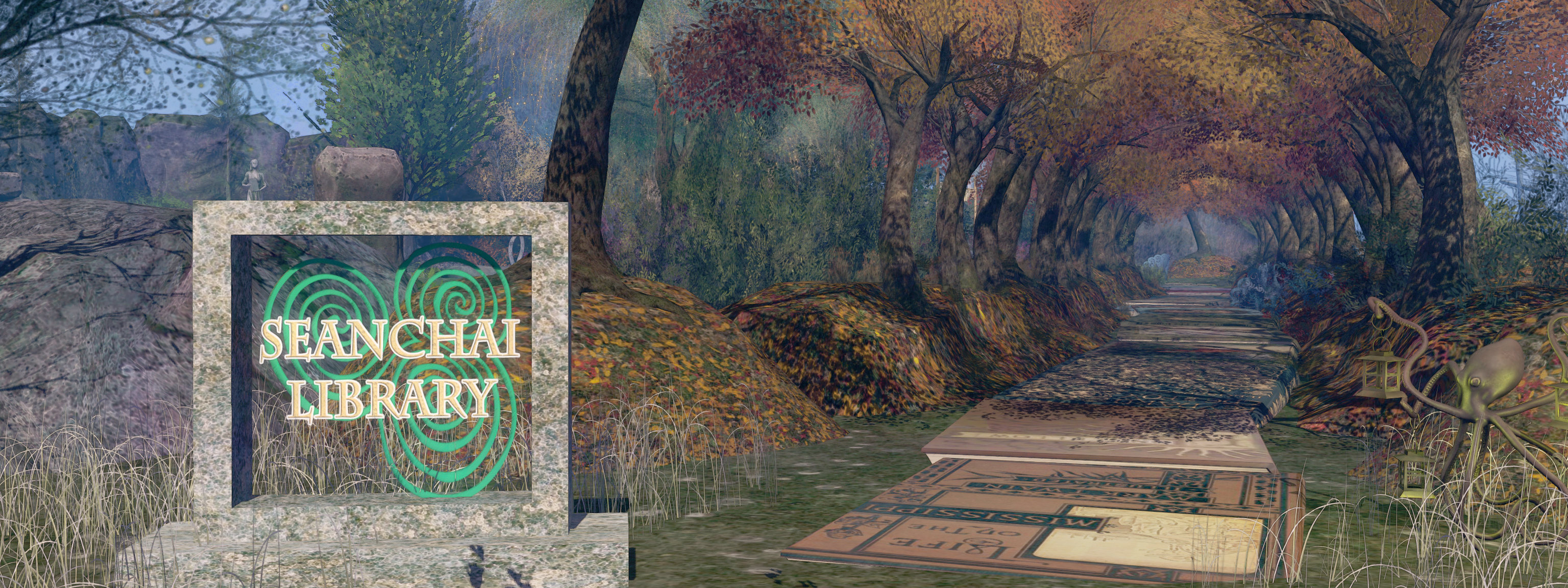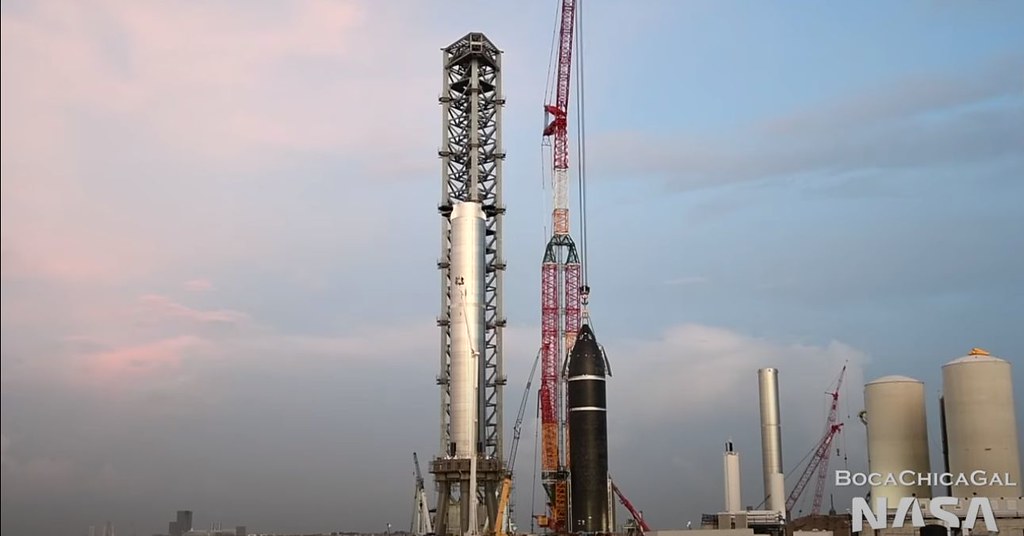
SpaceX has been stepping up the pace of work at its Boca Chica Starbase facility, home of the Starship and Super Heavy booster development programme, in recent weeks.
Towards the end of July, the company started transferring personnel from its headquarters in Hawthorne, California to Starbase in what was seen as a start of gearing-up for flight activities out of Boca Chica. This operation came alongside continuing construction work at Starbase and the initial testing of the prototype B3 Super Heavy booster, which included a static-fire test of three Raptor sea-level engines. Since then, the pace of developments at Boca Chica has been dramatic – particularly in the last week and a half.
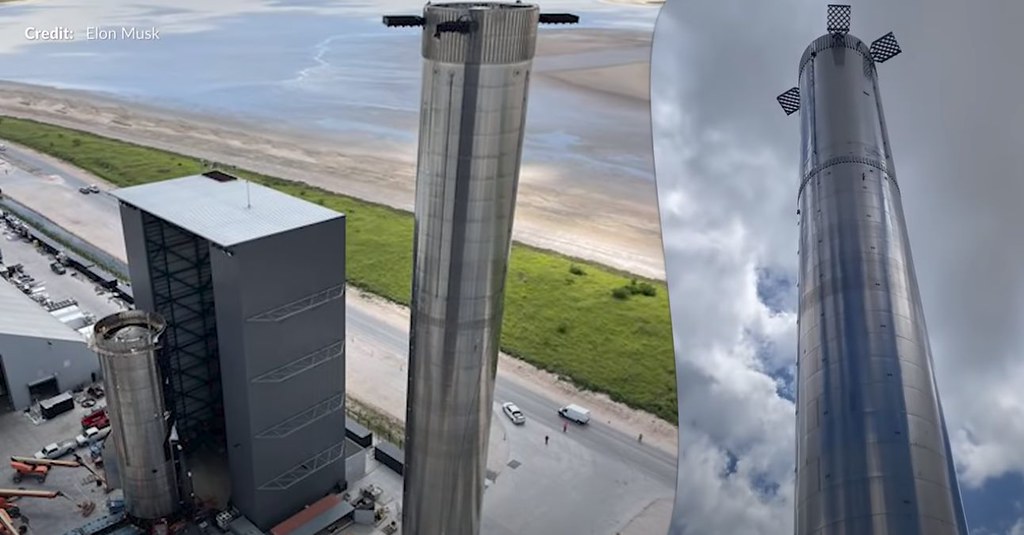
In that time, the first flight-capable Super Heavy booster was moved down to the launch facilities, whilst Starship 20 (SpaceX has dropped the “SN” designation), the vehicle that will sly with it in an attempt to reach orbit later this year, completed its major assembly, stacking the two cylindrical tank sections one atop the other an onto the vehicle’s engine skirt, and then adding the upper ring sections and nose cone.
This work included the installation of two of the news aft aerodynamic fins that are around 20% smaller than those used on earlier test vehicles, offering a reduction in mass, and the installation of six Raptor motors – 3 sea-level engines (believed to be the three motors used in the Booster 3 static fire test) and three fixed vacuum engines – although all six may have only been installed for testing purposes.

At the same time, the massive 370-tonne launch table – the ring of hydraulic clamps, actuators, bolt mounts, etc., that will hold a booster/starship combination securely on the launch pad, was hoisted up on to the ring of the launch platform’s legs and installed. This paved the way for the 70-metre tall, 9-metre wide Booster 4, complete with a contingent of 29 Raptor motors – 20 fixed in a ring around the rocket’s circumference, and 9 centre motors that can be gimballed to provide directional thrust – to be hoisted up onto the launch platform and secured into the launch table.
Then, on Thursday, August 5th, in a move that almost caught people off-guard, SpaceX proceeded to roll-out Starship 20 from the production site and transport it to the launch facilities.
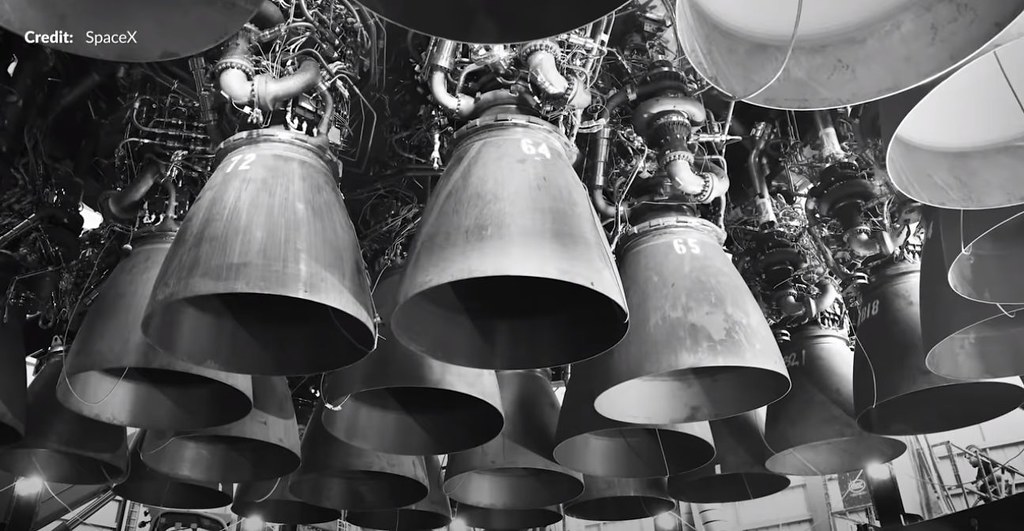
This prompted a lot of speculation amongst starship fans that the launch could be coming in days – something that just wasn’t going to be the case. The fact that the vehicle lacked a full complement of heat shield tiles, the launch facilities aren’t complete, nor is the consumable feed feed, and so on, all make it clear the system is still months from any launch. Plus, the FAA environment assessment hasn’t been completed, so SpaceX don’t have federal clearance to attempt an orbital launch.
Apparently, there had been plans to use cranes to perform a “test stacking” of S20 in top of B4, but these were scrapped for the day due strong wind gusts. Instead, attention turned to mounting the aforementioned missing heat shield tiles to S20.
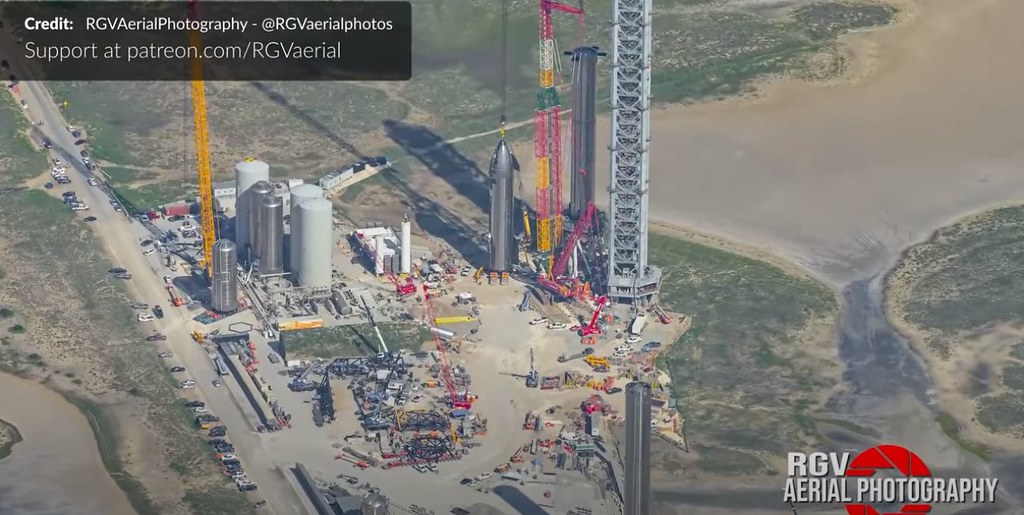
Work on the stack then paused while, close by, GSE tank 3 was also hoisted aloft and moved into position on its mounting ring at the tank farm, where it will later be sheathed by a grey cryogenic cooling sleeve. With this work done, the massive “Frankencrane” that has been assembling the launch support tower, once more lifted S20 aloft and then lowered it back onto its autonomous transport so it could be rolled back to the production facilities to undergo further work.
Starliner: No Go for Launch
The long-awaited launch of the Boeing CST-100 Starliner vehicle on its uncrewed second Orbital Flight Test (OFT-2) has been indefinitely delayed n a further blow to the troubled programme.
Scheduled to lift-off on Tuesday, August 3rd, the launch was scrubbed after the Boeing launch team received warning of “unexpected valve position indications” within the capsule’s propulsion system. Initially, it had been hoped that a further attempt could be made on Wednesday, August 4th. However, Further checks on the vehicle, Boeing announced a suspension of all launch attempts, and that the vehicle would be rolled back to its service structure to allow further checks to be made on the vehicle.
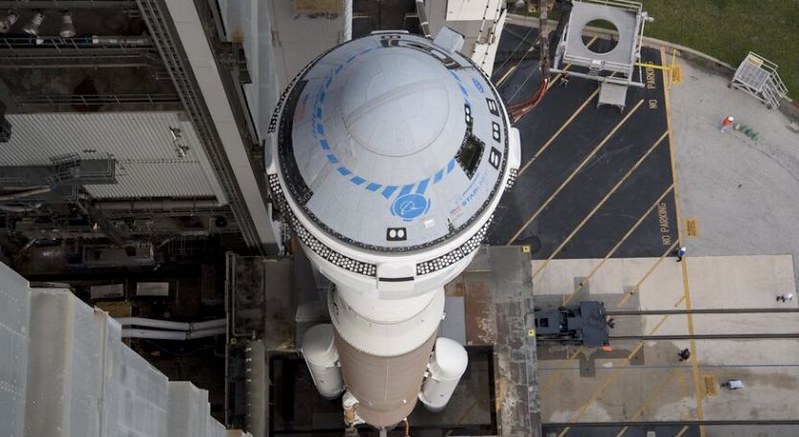
Designed to partner the SpaceX Crew Dragon – already operational – in ferrying crews to and from the International Space Station (ISS), Starliner first flew on an uncrewed mission in December 2019 in what was supposed to be a final check-out prior to commencing crewed operations. However shortly after the vehicle reached orbit it suffered a software glitch that caused repeated incorrect firings of its manoeuvring motors, leaving it with insufficient fuel to make a rendezvous and docking with the ISS. Hence the need for the OFT-2 flight.
That this has now been postponed following 18 months of reviews and changes to both systems on the vehicle and the procedures used in readying it for flight, is nothing short of embarrassing for Boeing and NASA alike – the CST-100 contract being the most expensive in the Commercial Crew Programme.
Continue reading “Space Sunday: the ups and downs of vehicle development”
